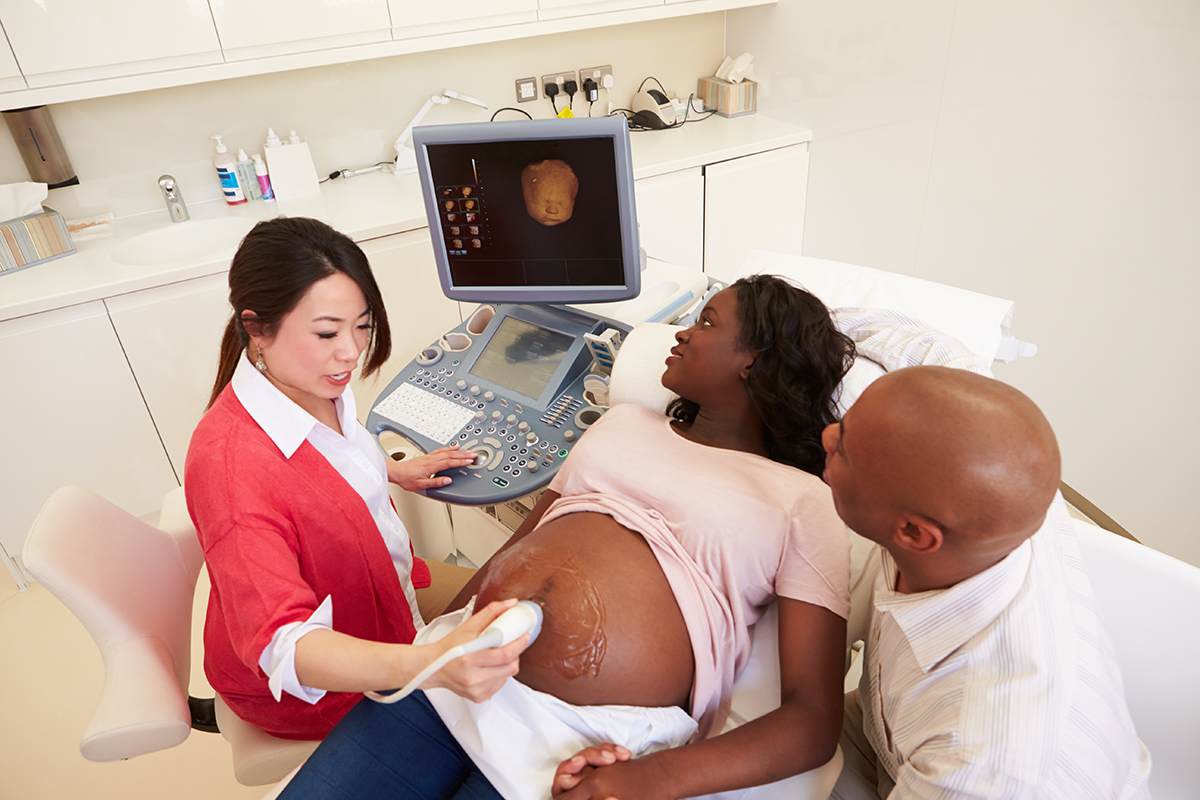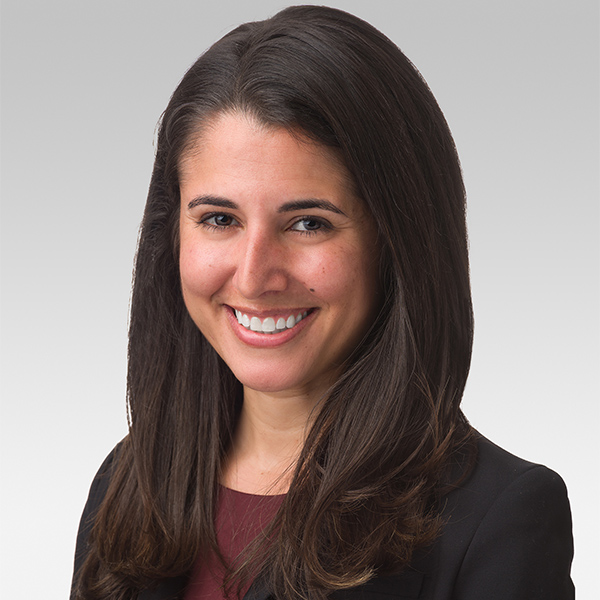Our Common Bond

"I'm pregnant!" The young patient sitting before me beamed with excitement.
It was my first time meeting Anna, and I was rushed when I prepared for her clinic appointment, scrolling through her many notes to learn her story.
She had endocarditis 15 years ago requiring a mitral valve repair, with recurrent infection leading to severe but asymptomatic mitral regurgitation.
Last year, after voicing a desire to become pregnant, she elected to have a complex re-do repair. She climbed onto the exam table, pausing to catch her breath.
From my seat at the computer, I could see that her neck veins were distended.
"Congratulations!" I said. And then, without much thought, "I'm pregnant, too."
Cardiology has a way of bringing all kinds of patients to your exam room. We see patients with congenital heart disease who have been sick their entire lives, or elderly patients who were healthy until the myocardial infarction that brought them to their knees.
I have become adept at managing essential hypertension and hyperlipidemia in middle-aged and older patients, and at titrating guideline-directed medical therapy.

I know where my elderly couples spend their winters (Naples, FL) and the names of their grandchildren. However, in my outpatient clinic, I rarely see young women, and I was struck by this 33-year-old sitting before me.
We were a year apart in age, both recently married, both excited about being 16 weeks pregnant, and both guarded, too. She knew that her pregnancy was not without risks. I was recovering from a recent pregnancy loss. Neither of us wanted to count our chickens.
My exam confirmed what I suspected from across the room: Anna was in heart failure. Her right ventricle heaved under my palm. Her jugular vein was visible at her ear.
An echocardiogram corroborated her exam findings, revealing a significantly elevated mitral valve gradient, likely in the setting of her complicated mitral valve repair and the increased blood volume from pregnancy.

We discussed her options extensively and decided on a trial of medical management. We prescribed beta blockers, set her up with maternal fetal medicine and scheduled close follow-up.
Anna did well on the regimen, and we grew close as we grew in size over the next few months. "How are you?" "Oh, you know!" We marveled at our expansion. We celebrated the end of morning sickness and bonded over baby clothes and potential names.
Doctors are human beings. Sometimes we provide great care – whether it is because we are invigorated by a case, we formed a connection with our patient, or we are just well rested. And sometimes we provide suboptimal care.
I was a great doctor to Anna. I coordinated her care after hours. I discussed her case extensively with her multidisciplinary team of providers, attending obstetrics conferences during which her case was reviewed. I consumed the literature on mitral valve disease in pregnancy.

I really cared – maybe because I saw myself in her.
She showed a similar fondness towards me. Our shared circumstances were our common bond.
On a cold day in November as I reviewed Epic messages at my clinic computer, I looked up to see Anna's husband wheeling her down the hall. I could see she was short of breath. Her legs were swollen.
"How are you?" I asked, concerned.
"Oh, you know," she said, labored.
"Typical third trimester stuff. You know how it is, right?"
But this time, I did not know.
I held my stomach with one hand, anxiously awaiting a kick, and held her hand with my other.
We facilitated an admission to the labor and delivery floor for management of decompensated heart failure. Her mitral valve gradients and pulmonary pressures, which had slowly risen over the past few months, were even higher.
After days of conservative management with diuresis and intensified beta-blockers, we decided that Anna should be induced. Thanks to a heroic team of obstetricians and anesthesiologists, Anna delivered a healthy baby boy.

It was one of those magical cases that affirmed my love for medicine and cardiology. Three weeks later, I waddled into the same OB triage unit after my water broke while doing TEEs and gave birth to my son.
During our medical training, we discuss the concept of empathy. We learn firsthand that physician empathy is not binary – present or absent.
Rather, it is a dynamic force, dependent on the physician, the patient, the circumstances surrounding the relationship between the two. And while we strive to provide all of our patients with compassionate, humanistic care, there are those who leave their mark on us, for whatever reason.
For me, it has been those who I have helped come to terms with a difficult diagnosis, those who desperately needed an advocate, and patients like Anna, in whom I saw parts of myself.


